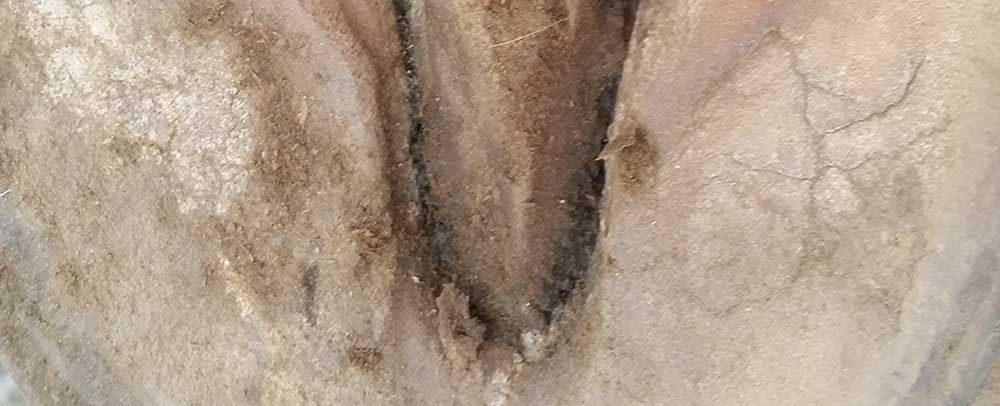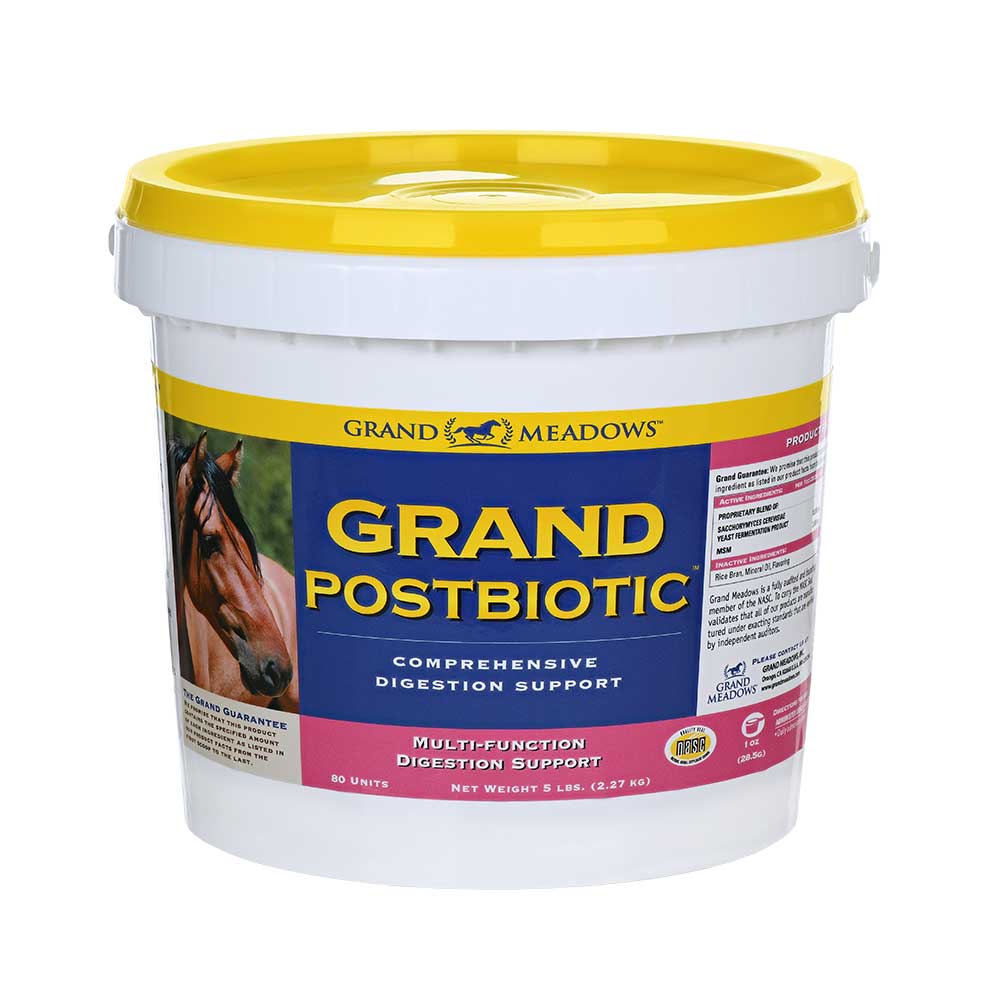Horse Health
How the Horse’s Hoof Grows
Your horse’s hoof growth is not just dependent on his farrier and the season – there are several other factors involved that all play into how his hooves grow in a healthy pattern. Genetics and diet, including pasture, forage and supplements, are the top factors, while other secondary factors can have a large impact as well.
The horse’s hoof grows, on average, about 1cm a month. It can take approximately 9 months for an entire hoof to grow! How can you, the horse lover, help your horse’s hooves be their healthiest? You have many factors to consider here!
- How is the footing where your horse lives? This goes for his stall, his paddocks, and the arena and areas that you ride. Rocks, hard ground, excessively wet conditions, soft and deep arenas all provide stresses to the growing hoof, and sometimes even the leg as a whole. Be wary of hard ground, frozen ground and rocky ground as these can damage the hoof itself.
- How often does your farrier visit? Typically speaking, the horse hoof that is cared for on a regular schedule keeps his hooves at approximately the same condition. Long gaps of time between farrier visits cause the hoof to be extra long, then extra short and this fluctuation can lead to hoof problems.
- Moisture and the seasons. Drier climates tend to slow hoof growth, as does colder weather. This may alter your farrier’s schedule!
- How much your horse moves around. Movement helps your horse circulate vital blood to the hooves and legs – and can play a role in strengthening the hoof. Also important is the biomechanics of how he moves – is he sound and even? Do his legs consistently carry the load of his body when moving? You may not have the answers to these questions, but movement is definitely a factor in hoof growth!
- Injuries and illnesses also play a part in hoof growth! Of course a blow to the hoof or disease of the hoof is obvious, but stall rest for horses can lead to slowed growth and complications of the hoof as well. Injured legs often force the other legs to bear more of your horse’s weight, which can alter hoof growth. Maintaining your horse’s nutritional needs through supplements and top quality feed is especially important for healing and hoof health.
- Nutrition and supplements. It’s not just biotin that is important for hoof health and growth! Methionine, zinc, copper, and fatty acids (to name a few) are also responsible for hoof health, and many hoof supplements are unbalanced when it comes to these key ingredients. It’s important to consider that some of these elements, such as methionine, are essential, which means that they are not able to be created within the horse. He needs them from his diet and supplement plan!
Knowing how a horse hoof grows, feeding a balanced diet, and regular farrier care are important factors in caring for your horse. Conducting daily leg and hoof inspection will also help your horse have a healthy life! Notice any changes, any warmth in the hoof, and any signs of lameness. Reporting these changes to your Veterinarian gives your horse the best chance at keeping his healthy hooves!


